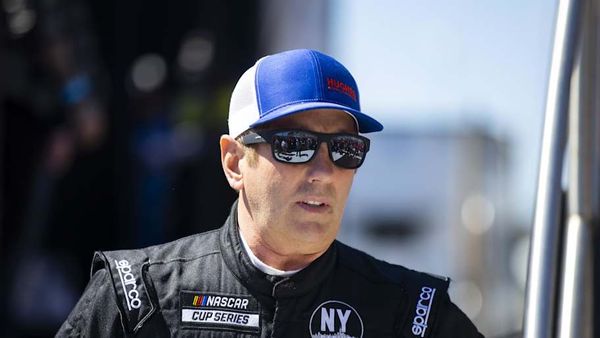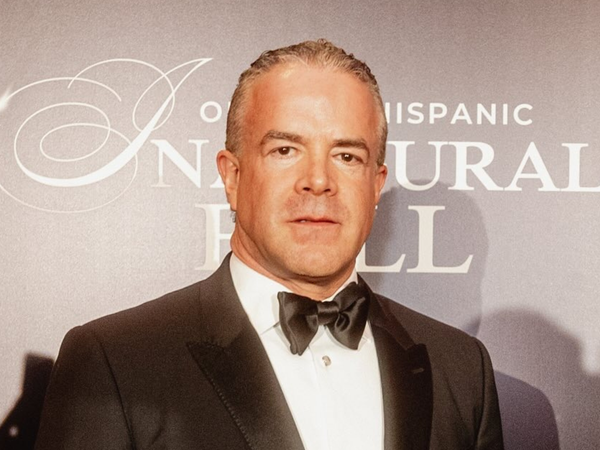
In D-Day: The Camera Soldier, a 20-minute immersive documentary out now on Apple Vision Pro, director Chloé Rochereuil and producer Victor Agulhon invite audiences to step into history, literally.
Produced in collaboration with TIME Studios, the documentary blends archival footage, spatial and immersive video, and 3D interactivity, the film follows Jennifer Taylor as she retraces her father’s path as a WWII cameraman.
We spoke with the Emmy-nominated co-founders of TARGO about the creative and technical decisions behind the project, alongside Immersive DP, Mael Joanas. Their insights reveal not just how the film was made, but where immersive storytelling may be heading.
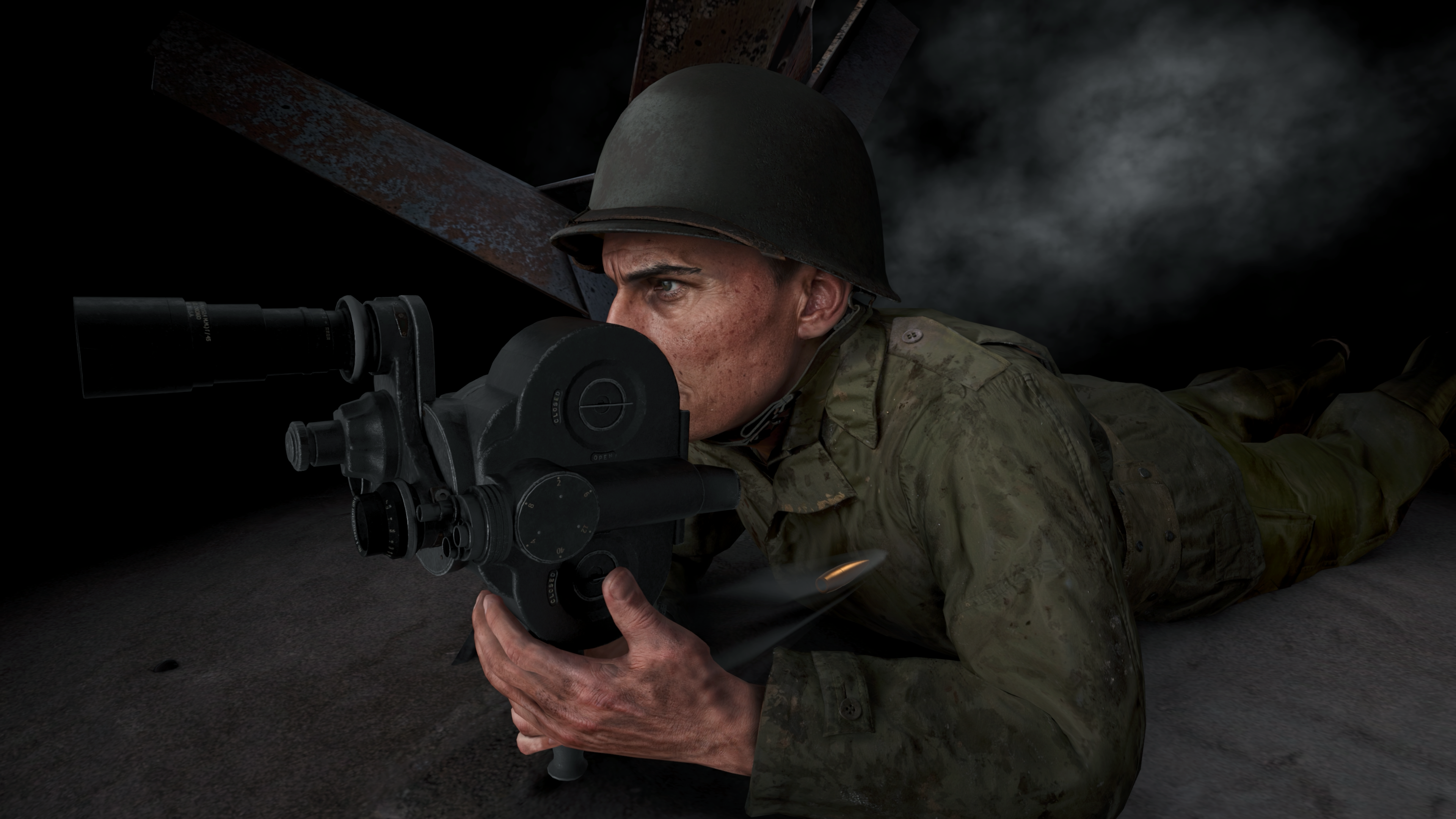
1. How do you stay nimble without sacrificing quality?
“Documentary filmmaking is about blending into life as it happens, not disrupting it,” says Rochereuil. But capturing high-resolution 3D video for immersive platforms usually demands bulky, heavy rigs designed for studios, not unpredictable environments.
“We were in a corner,” Agulhon explains. “High-resolution 3D rigs are usually cumbersome, but they’ve been the only way to capture the kind of spatial video we needed.”
Their solution was a custom beam-splitter rig using two Blackmagic Micro Studio Camera 4K G2s, delivering 4K, 60fps stereoscopic video in a form light enough to mount on dollies, sliders, or carry by hand. “It allowed us to get in all the places we needed,” says Rochereuil, whether squeezing into a basement or filming on a Normandy beach.
“One shot even mimics a dolly zoom, using sliders in a tight interior,” she adds. “We could only attempt that because the system was so lightweight.”
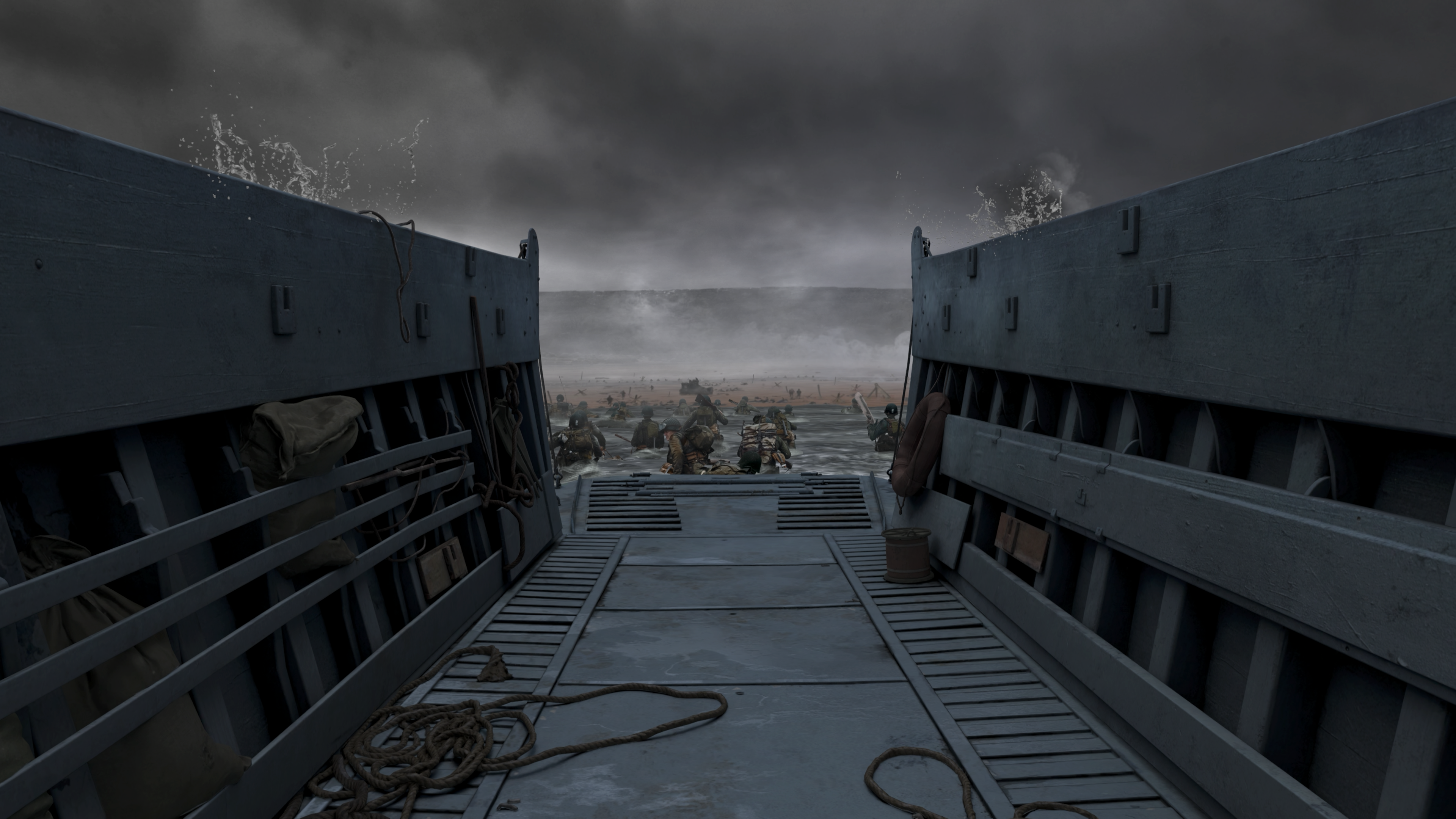
2. Why does sync matter as much as resolution?
“In 3D video production, you need perfect sync between your cameras,” explains Mael Joanas. “Even the slightest delay will create discomfort for the viewer.”
It wasn’t enough to choose cameras with high image quality. The cameras had to provide reliable, sensor-level synchronisation (genlock) without relying on bulky external power setups. “That genlock capability, in such a small form factor, was the breakthrough,” Joanas says. Without it, the team would’ve had to compromise either image quality or mobility.
Ultimately, it was foundational to the goal of creating an immersive experience that draws viewers deeper, never pushing them away.
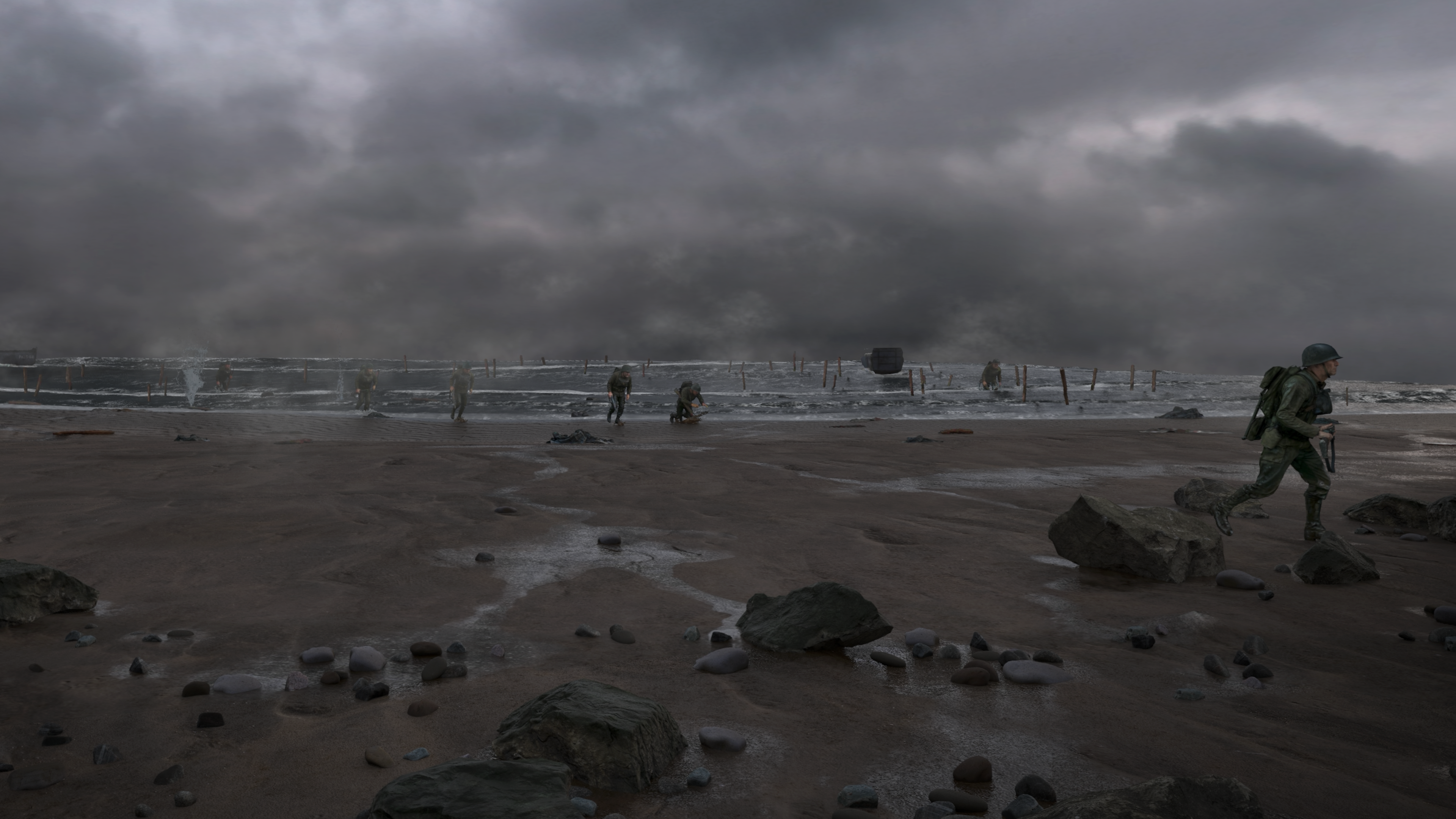
3. What if your entire post pipeline could live in one place?
The film’s hybrid nature meant TARGO wasn’t managing just different shots; they were working across different types of media, including 2D archival footage, cinematic 3D video, interactive spatial scenes, and CGI destined for a game engine.
“We needed a workflow that could handle not just vertical integration (editing, colour, delivery) but horizontal integration across all these formats,” says Agulhon.
They turned to DaVinci Resolve Studio. “What’s amazing is how it lets you work as if it were a classic 2D project, but with stereo images embedded,” Joanas explains. “We edited in mono view, synced the left and right eyes in just a few clicks, and graded in one timeline that automatically applied corrections to both eyes.”
Viewing anaglyph 3D directly inside the software made stereo adjustments more intuitive. “It streamlined everything,” adds Joanas. “No more bouncing between tools. For a project blending so many formats, integration wasn’t a convenience—it made the creative process possible.”
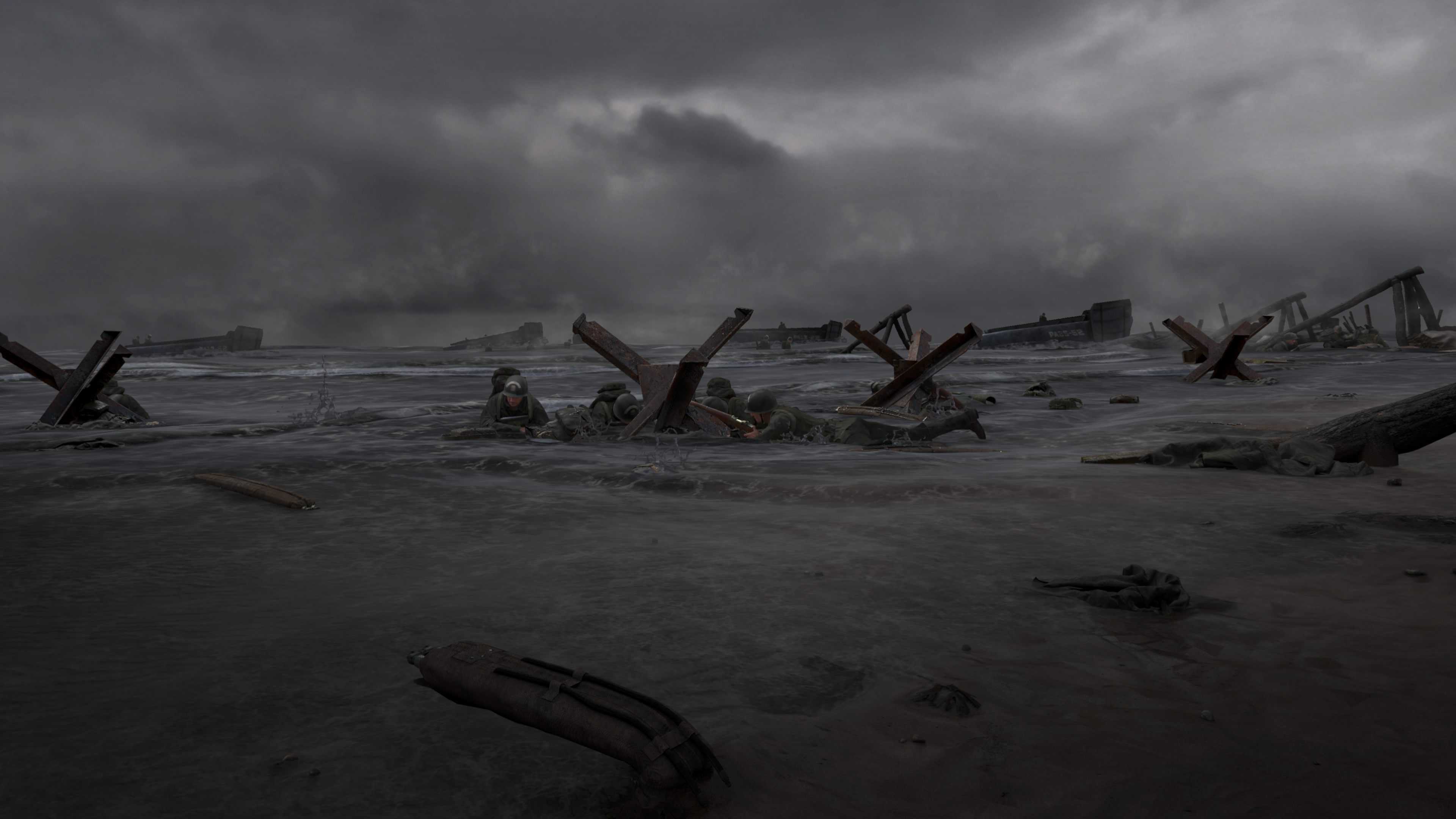
4. How do you move between formats without losing your audience?
The film doesn’t merely jump between formats, it makes format shifts part of its storytelling rhythm. “A leitmotif is the return of the 16:9 frame,” explains Rochereuil.
“Each time it reappears, it plays a different narrative role. The frame becomes a familiar space, a pause, before it dissolves again into immersive or interactive scenes.”
By breaking and rebuilding the frame, the film guides viewers through an evolving relationship with the material: starting from familiar 2D, stepping into 3D, then deeper into interactive space.
It naturally raises a creative question: what medium best serves each moment of the story? “That’s a huge leap forward,” Rochereuil says. “We’re no longer forced to choose a single format for the whole piece.”
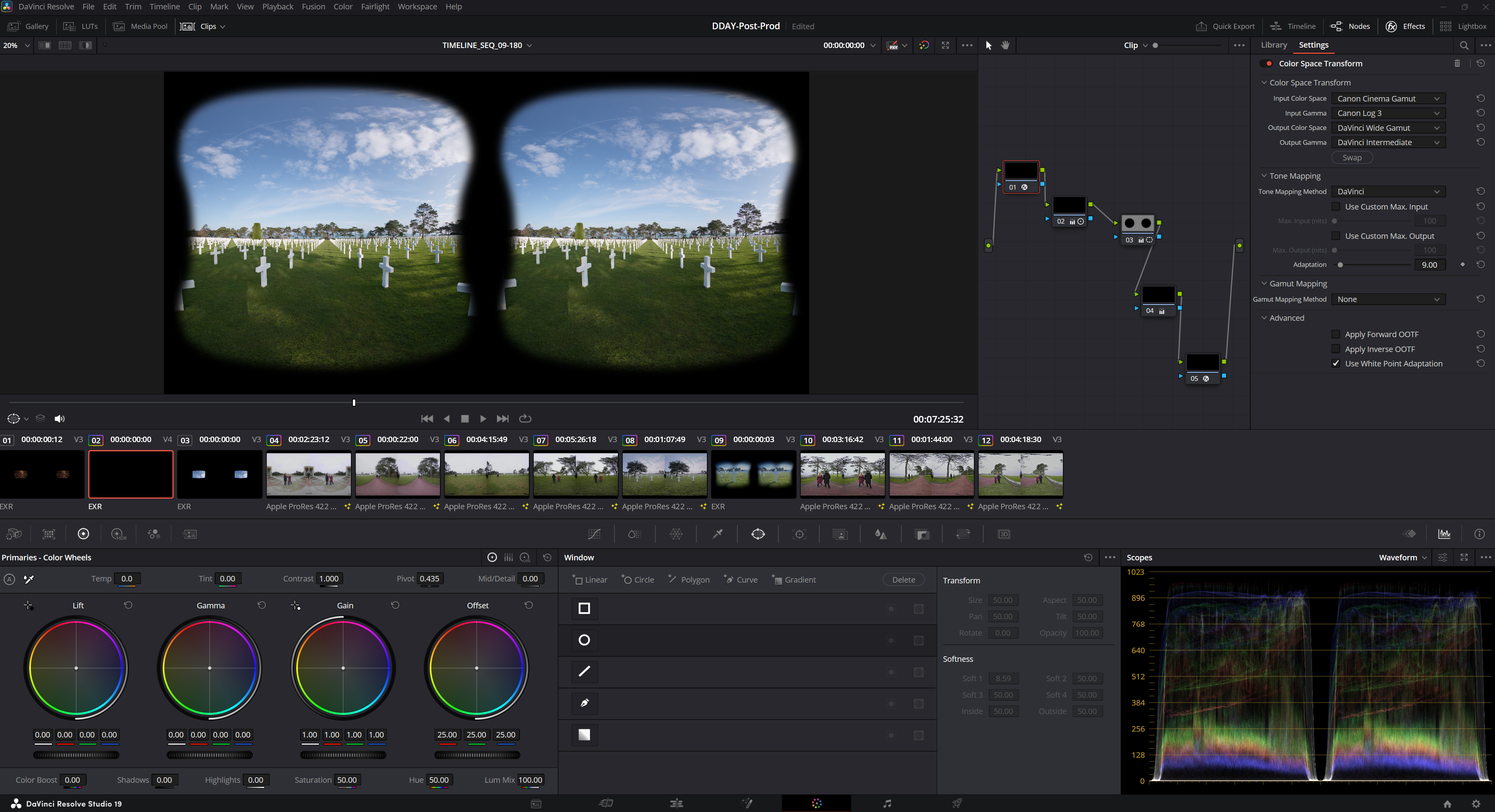
5. What happens when technology stops being the bottleneck?
For years, immersive creators have been constrained by their tools. But with platforms like Vision Pro, and improvements across cameras and post, something is shifting.
“With this project, we could finally ask which medium was right for this part of the story, not which one we were limited to,” Rochereuil says.
That shift allowed TARGO to treat different media not as silos but as parts of a seamless whole. Once the best format was chosen, their focus turned to fidelity. “We wanted to push the hardware as far as it could go, to get as close as possible to real-world sharpness and depth,” adds Agulhon.
Every technical decision flowed from that desire: to saturate the immersive space with cinematic clarity.
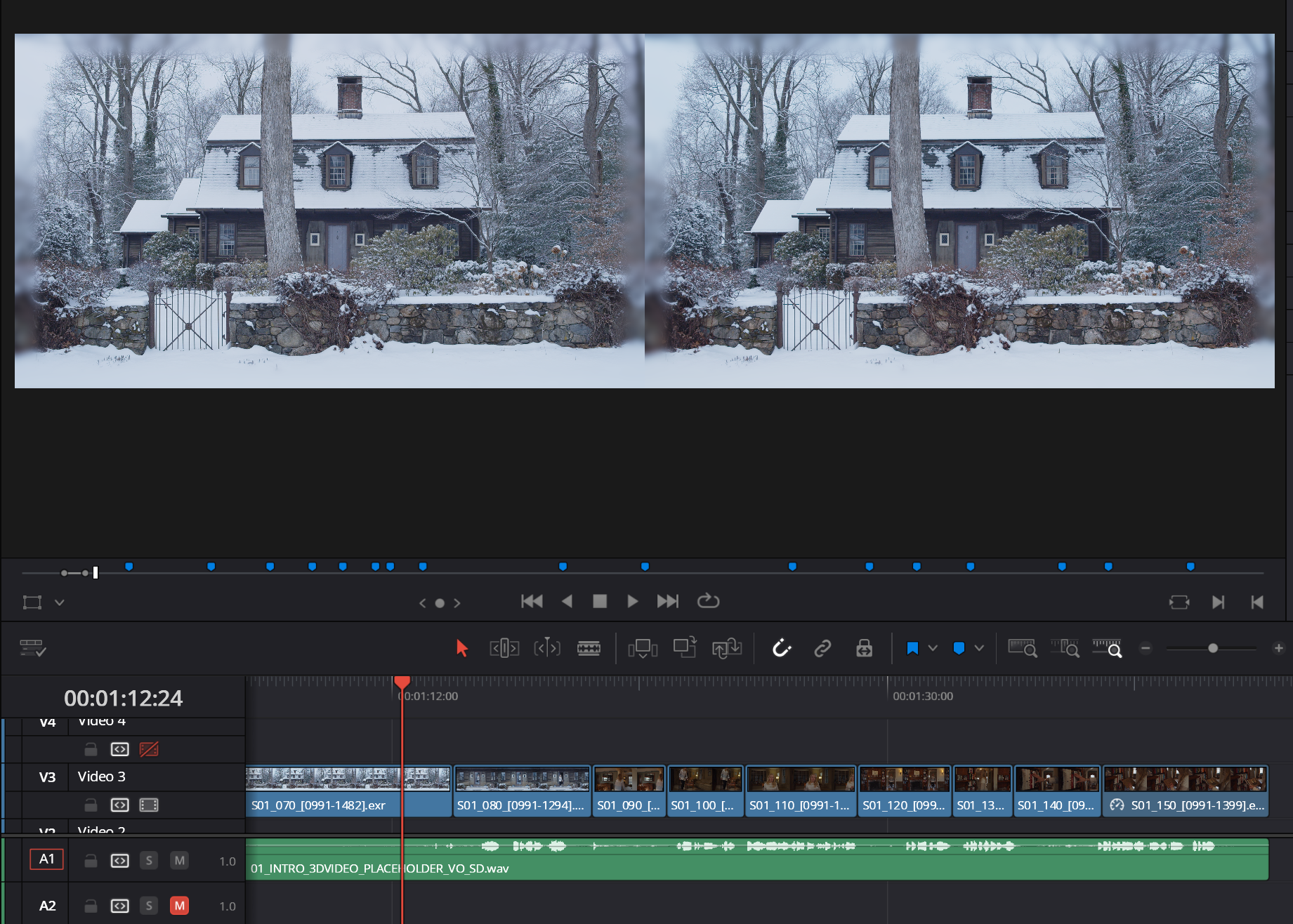
6. How does Unity fit into the workflow?
The film’s interactive scenes were ultimately delivered in Unity, a real-time game engine more commonly associated with games than film production. “Because the documentary blends video, CGI, and interactive elements, we needed a pipeline that could centralise all of our cinematic content before going into Unity’s real-time environment,” explains Agulhon.
DaVinci Resolve became the hub for all video assets, providing color grading and mastering before exporting to Unity for integration. “Having Resolve as our central video platform simplified what could have been a very fragmented process,” says Joanas. “It allowed us to maintain consistency in colour and image quality across media that traditionally live in separate pipelines.”
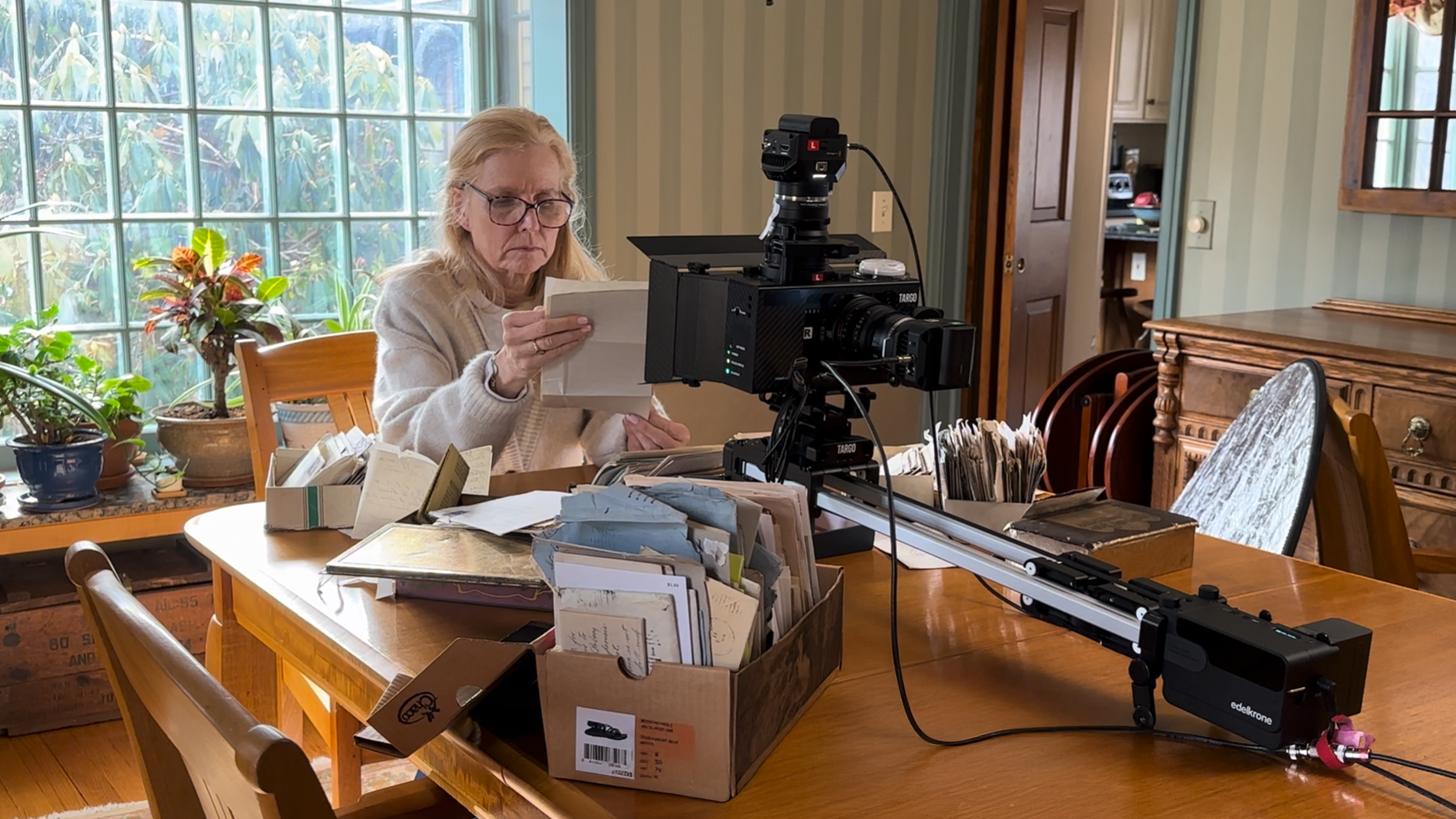
7. Have you really explored what immersive filmmaking can do?
“Start with the story, but understand the technology,” says Rochereuil. “In immersive, tech isn’t just under the hood, it’s part of the narrative itself.”
Agulhon echoes the sentiment: “We’re still in the early days. The rules haven’t been written yet. That’s not a limitation, but rather an invitation.”
They encourage experimentation and a willingness to challenge assumptions. “When we started in immersive back in 2017, everything was different – the tools, the workflows, the rules,” Agulhon says. “If you’re curious and willing to experiment, you can shape what this medium becomes.”
Learn more about DaVinci Resolve in our roundup of the best video editing software, and our guide to the best VR headsets for more on Apple's tech.
